Understanding Curly Hair Tarantulas
The Curly Hair Tarantula (Tliltocatl albopilosus), is a popular pet choice, beloved for its docile nature and distinctive appearance. Originating from the rainforests of Central America, these spiders are known for their relatively calm temperament, making them a good option for beginner tarantula keepers. Before setting up their habitat, it’s crucial to understand their natural environment, which influences the enclosure size and conditions required for them to thrive. Proper care ensures a long and healthy life for your tarantula, allowing you to enjoy observing these fascinating creatures. Providing an adequate habitat is fundamental to their well-being, directly impacting their health, behavior, and overall longevity. This guide will assist you in providing the best possible environment for your curly hair tarantula.
The Importance of Enclosure Size
Enclosure size is a critical factor in the health and happiness of your Curly Hair Tarantula. Too small an enclosure can lead to stress, impacting its feeding habits and potentially shortening its lifespan. A cramped environment limits the spider’s ability to move and explore, which is vital for its well-being. Conversely, a habitat that is too large can make it difficult for the tarantula to find food and can cause unnecessary stress as it tries to navigate the vast space. The right enclosure size strikes a balance, providing enough space for movement and enrichment without overwhelming the spider. Proper dimensions facilitate easier maintenance, helping to regulate humidity and temperature, crucial factors in tarantula care. Therefore, selecting the right enclosure size is a cornerstone of successful tarantula keeping, directly influencing the spider’s quality of life.
Factors Influencing Enclosure Size
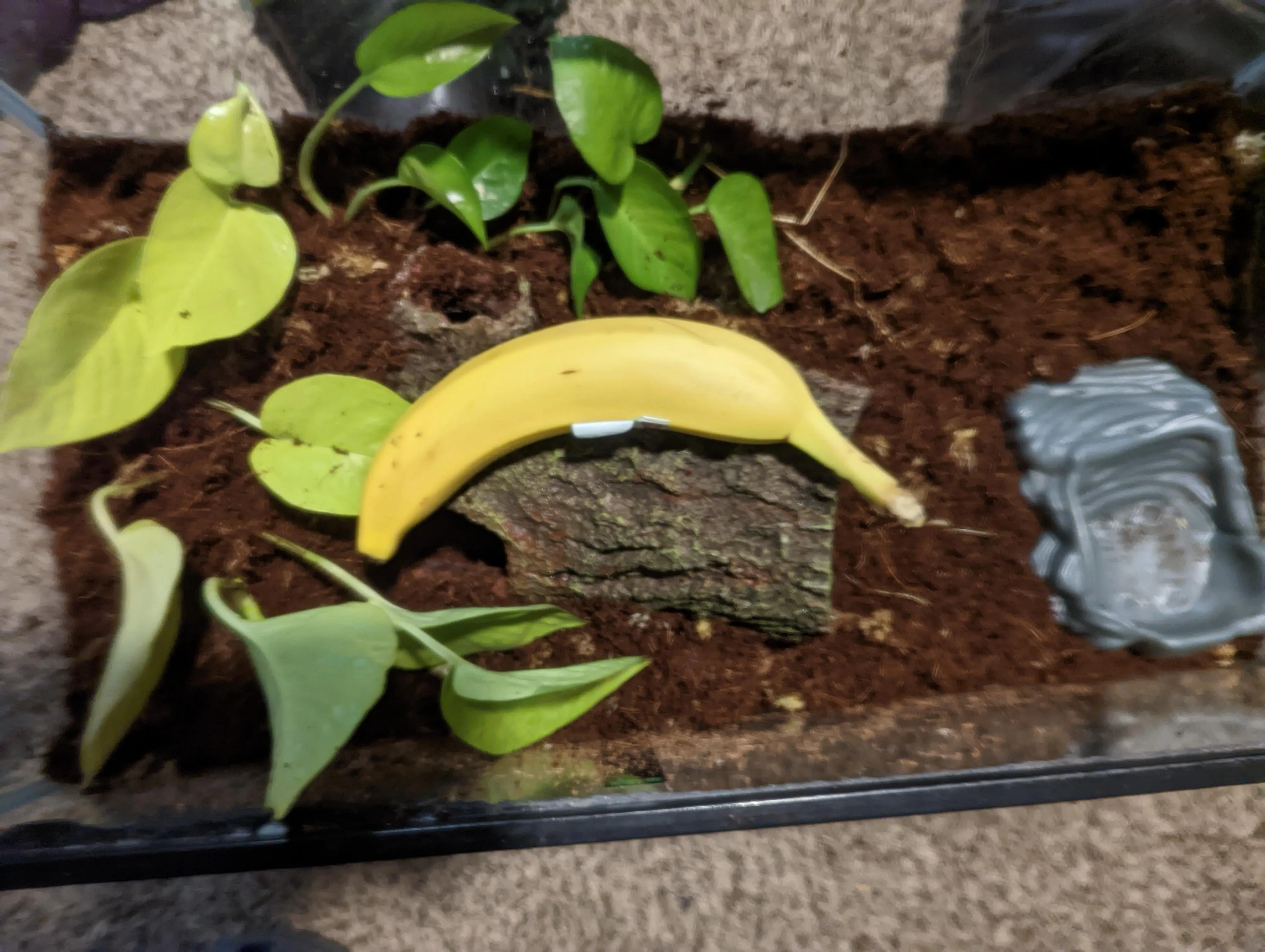
Several factors should be considered when determining the appropriate enclosure size for your Curly Hair Tarantula. These include the tarantula’s age, size, and overall activity level. Juvenile tarantulas need smaller enclosures compared to adults, as they are more vulnerable and can become stressed in large spaces. Substrate depth also plays a role, as it provides the tarantula with the ability to burrow, a natural behavior that helps regulate its comfort and safety. The type of substrate influences humidity levels, which in turn impacts the enclosure size requirements. Ventilation and humidity levels are also critical factors. Poor ventilation can lead to mold growth and respiratory issues, while improper humidity can cause molting problems. Understanding these factors allows you to create an optimal living environment that supports your tarantula’s physical and psychological health, promoting natural behaviors and a long lifespan.
Tarantula Size and Age
The tarantula’s size and age are key determinants of enclosure dimensions. As tarantulas grow, their housing needs change. Juvenile Curly Hair Tarantulas, typically under 1 inch in leg span, require a smaller enclosure. This helps them feel secure and makes it easier for them to find prey. As they mature, they need a larger space to accommodate their increasing size and to allow for natural behaviors. Monitoring their growth and adjusting the enclosure size accordingly is crucial. Avoid moving a tarantula into an excessively large enclosure too early, as this can stress them. Properly sizing the enclosure based on their life stage is essential for their well-being and promotes healthy growth. This approach ensures that the tarantula has enough room to thrive, while avoiding unnecessary stress.
Substrate and Hiding Places
The substrate and the inclusion of hiding places significantly impact the enclosure setup. The substrate, which is the material that lines the bottom of the enclosure, should be chosen carefully. For Curly Hair Tarantulas, a substrate that retains moisture, such as a mix of coconut fiber and peat moss, is ideal. The depth of the substrate is also important; it should be deep enough to allow the tarantula to burrow if it chooses. Adding hiding places, such as cork bark, half logs, or artificial caves, provides security and reduces stress. These shelters mimic their natural environment and allow them to retreat when they feel threatened. The combination of a suitable substrate and ample hiding spots creates a more natural and enriching environment, contributing to the overall health and happiness of your pet tarantula.
Ventilation and Humidity
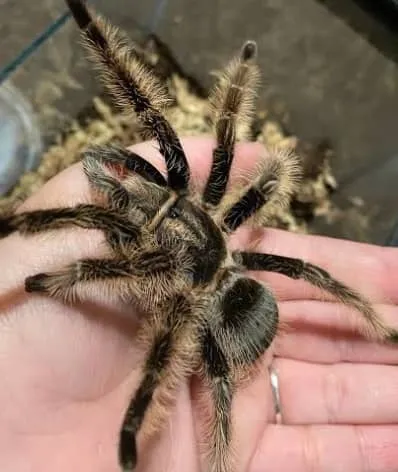
Proper ventilation and humidity are vital for maintaining a healthy enclosure environment. Ventilation ensures that fresh air circulates, preventing the buildup of harmful gases and reducing the risk of mold growth. Humidity levels must be carefully monitored and maintained to mimic the tarantula’s natural rainforest habitat. Too little humidity can lead to molting problems, while too much can cause fungal infections. The enclosure’s design should allow for adequate airflow without causing the environment to dry out excessively. Regularly misting the enclosure or using a shallow water dish to increase humidity is a common practice. The ideal humidity range varies depending on the tarantula’s size and the ambient conditions, so careful monitoring and adjustments are necessary to ensure the well-being of your curly hair tarantula. Regular monitoring ensures that the air is fresh and the humidity is balanced, crucial for the spider’s health and successful molting.
Choosing the Right Enclosure Dimensions
Selecting the correct enclosure dimensions is a crucial step in providing a suitable habitat for your Curly Hair Tarantula. The size should be based on the spider’s size and age, taking into account its future growth. The enclosure should be wide enough to provide adequate space for movement and exploration, and tall enough to allow for burrowing if the tarantula desires. The material of the enclosure, whether glass or plastic, should be sturdy and provide good visibility. Ensure the enclosure has a secure lid to prevent escape. Consider the ease of access for feeding, watering, and cleaning. The goal is to create an environment that is both functional for the keeper and comfortable for the tarantula. Proper planning here saves time and reduces stress for the tarantula in the long run, helping to ensure a long and healthy life.
Size Guide for Juvenile Tarantulas
For juvenile Curly Hair Tarantulas, a smaller enclosure is generally recommended to help them feel secure and to make finding prey easier. A good starting point is a container approximately 6x6x6 inches (length x width x height). This provides sufficient space for movement while also creating a sense of security. Ensure the enclosure is escape-proof, with a secure lid. Provide a shallow water dish and a small hiding place, such as a piece of cork bark or a hide made from a plastic plant pot. The depth of the substrate should be sufficient to allow for burrowing, usually about 2-3 inches. Regularly monitor the tarantula’s growth and behavior and be prepared to upgrade to a larger enclosure as it matures. This proactive approach helps to ensure the tarantula’s well-being at every stage of development, minimizing stress and supporting healthy growth.
Size Guide for Adult Tarantulas
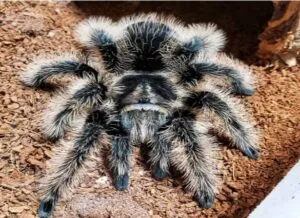
Adult Curly Hair Tarantulas require a larger enclosure that accommodates their full size and provides ample space for movement. A suitable enclosure size is typically around 10x10x8 inches or larger. Consider the tarantula’s leg span when determining the enclosure size. Ensure that the enclosure is at least twice the tarantula’s leg span in width and length. The height should be sufficient to provide space for substrate and a hide. Include a larger water dish and multiple hiding places to create a stimulating environment. The substrate depth should be approximately 3-4 inches to facilitate burrowing. Providing the correct size enclosure prevents stress, allows for natural behaviors, and supports the overall health and longevity of your adult Curly Hair Tarantula. This investment in their comfort directly influences their quality of life, allowing them to thrive in their habitat.
Setting Up the Perfect Enclosure
Setting up the perfect enclosure involves several steps to ensure a healthy and stimulating environment for your Curly Hair Tarantula. Start with a suitable enclosure of the appropriate size, as discussed previously. Next, add a layer of appropriate substrate, such as a mix of coconut fiber and peat moss, at a depth that allows the tarantula to burrow. Include hiding places like cork bark or artificial caves to provide security. Place a shallow water dish in the enclosure and keep it filled with fresh water. Ensure the enclosure has good ventilation while maintaining adequate humidity levels. The temperature should be kept between 75-80°F (24-27°C). Avoid overcrowding the enclosure, as it can stress the tarantula. By following these steps, you can create an optimal living space that meets the needs of your tarantula and promotes its well-being.
Essential Equipment
Several pieces of equipment are essential for setting up and maintaining a proper Curly Hair Tarantula enclosure. A suitable enclosure is the first, and most important, element. You’ll need a substrate, such as coconut fiber or a similar material, to provide a comfortable and moisture-retaining base. A shallow water dish is required for providing a constant source of fresh water. Hiding places, such as cork bark or artificial caves, are crucial for reducing stress and providing security. A thermometer and hygrometer help you monitor temperature and humidity levels. Ensure that the enclosure has a secure lid to prevent escapes. Other optional items include a heat source, like a heat mat, if the ambient temperature is too low. These tools help you provide the correct environment for your tarantula to thrive, ensuring optimal health and well-being.
Maintaining the Enclosure
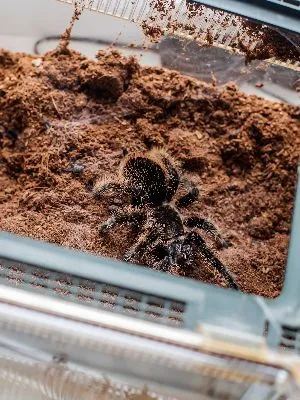
Maintaining the enclosure is crucial for the health and well-being of your Curly Hair Tarantula. Regular cleaning and upkeep are essential. Spot-clean the enclosure weekly, removing any uneaten food, shed skin, or waste. Complete substrate changes should be done every 6-12 months, or sooner if the substrate becomes excessively soiled. Monitor the temperature and humidity levels daily and make adjustments as needed. Ensure that the water dish is always filled with fresh, clean water. Feed your tarantula appropriately, removing any uneaten prey within 24 hours to prevent mold and mites. Keep the enclosure away from direct sunlight and drafts. These simple maintenance practices will help to keep the enclosure clean, healthy, and conducive to the well-being of your tarantula.
Common Mistakes to Avoid
There are several common mistakes that can negatively impact the well-being of your Curly Hair Tarantula. Avoiding these pitfalls is key to successful tarantula keeping. Overcrowding the enclosure is a frequent error, leading to stress and competition. Using an enclosure that is too large or too small for the tarantula’s size is another mistake. Providing improper ventilation or humidity levels can also cause problems. Overfeeding is a common mistake, which can lead to obesity and health issues. Incorrect substrate choices can also impact the tarantula. By being aware of these common pitfalls and proactively avoiding them, you can create a safe and healthy environment for your tarantula, allowing it to thrive. Vigilance, combined with a proactive approach to care, greatly increases the chances of long-term success.
Overcrowding
Overcrowding, which involves housing multiple tarantulas in a single enclosure, should always be avoided with Curly Hair Tarantulas. These spiders are solitary creatures, and they can become stressed or even aggressive when kept in close proximity to each other. Overcrowding leads to competition for resources, such as food and hiding places, which can result in injury or death. Providing each tarantula with its own appropriately sized enclosure eliminates the risk of conflict and helps to minimize stress. Always keep one tarantula per enclosure, and ensure that the living space meets the needs of that individual spider. The absence of crowding is a significant aspect of ensuring that the tarantula has the best possible chance of living a long and healthy life.
Poor Ventilation
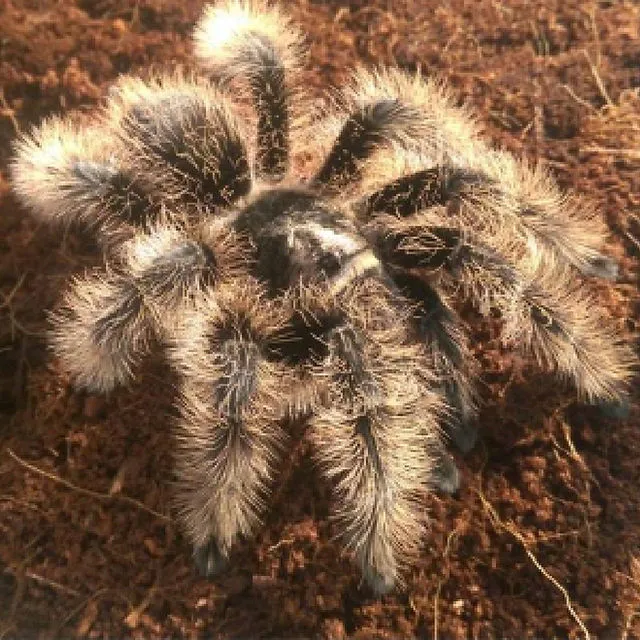
Poor ventilation can lead to a variety of health problems for your Curly Hair Tarantula, so you must ensure that the enclosure has adequate airflow. Insufficient ventilation can cause humidity to build up, creating an environment that encourages the growth of mold and bacteria. This, in turn, can lead to respiratory infections and other health issues. Proper ventilation also helps to regulate temperature and reduce odors. Ensure that the enclosure has vents, appropriately sized and positioned to promote air circulation without causing excessive drying of the environment. Monitoring the enclosure for signs of condensation and mold will help you identify ventilation problems. Providing fresh air circulation is critical for maintaining a healthy environment and preventing health problems for your tarantula.
Conclusion
Creating the perfect enclosure for your Curly Hair Tarantula is a rewarding experience that requires attention to detail and a commitment to the well-being of your pet. By understanding the importance of enclosure size, and considering factors like age, size, substrate, ventilation, and humidity, you can provide a habitat where your tarantula can thrive. Following the size guides, setting up the enclosure with essential equipment, and practicing consistent maintenance are key to long-term success. Avoiding common mistakes, such as overcrowding and poor ventilation, will help ensure a happy and healthy life for your fascinating pet. With proper care and attention, your Curly Hair Tarantula will bring you joy and provide you with a unique and captivating pet experience.
